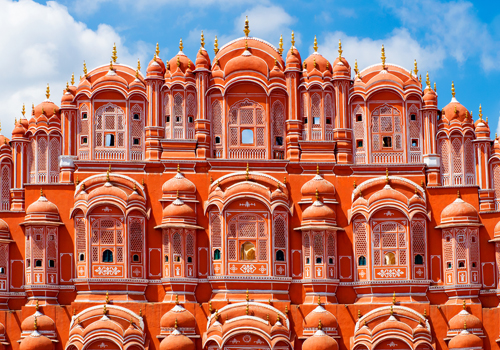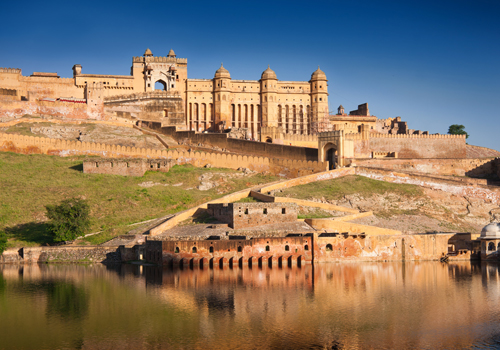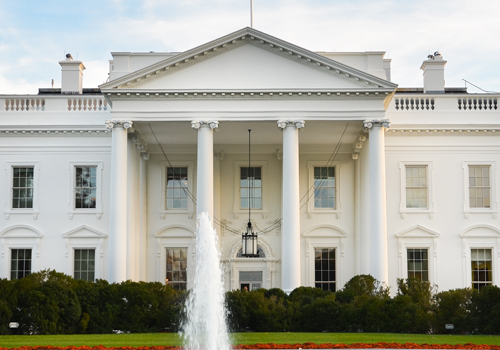There's a simple but obvious observation that comes to mind, when we talk of colour and architecture in the same line. It feels as if the most famous architects of the world avoid using colours in their creations. Almost as if they have a phobia of using colours and that it might take away from the beauty of form and design. To further support this argument, the famous monuments testify this observation. An architect prefers exposed finishes like concrete, brick, stone or wood as the face of the structures. More importance is placed on constructing a structure rather than deciding the colour. As colour is a more subjective decision to be taken as per the client preferences. And as per the architect's tastes and suggestions, they tend to prefer more muted and neutral colours for their designs. Architects are taught to concentrate on the more crucial decisions from an architectural standpoint like the form, space, etc. Because painting as a job is not as technical as the architectural job.
However, no one can underestimate the power of colour. Colour can add a superfluous edge to any architectural structure, when used in conjunction with a powerful design idea. Let's take the example of Jaipur's most distinctive monument - the Hawa Mahal that is known for its use of pink sandstone. This honeycomb like architectural marvel stands out from the rest of the forts and monuments, thanks to its unique colour. Another such iconic fort that stands out for its colour is the Amer fort. It is popularly remembered for the colourful art that adorns the exterior walls, more than anything else.


If we look towards the west, some of the historic iconic buildings are known by their colour. The oldest and best example is America's White House. Built in 1800, that marked an end of the British colonial rule, the White House was originally known as "President's Palace," "Presidential Mansion," "Executive Mansion," and "President's House,". But as the years passed, precisely by 1811, the public recognized and renamed the building by its colour, a white mixture of lime, rice glue, casein, and lead over a sandstone façade. In 1901, President Theodore Roosevelt engraved "White House—Washington" on the President's stationery, making the name official.

The choice of the colour being white and beige of most historic monuments around the world, have two distinct explanations. One is for pure technical reasons and the other attributes to a more metaphorical meaning that the bureaucracy wants to portray - honesty and truth. However, we wish the modern architect goes a mile ahead and experiments with bold colours for iconic structures. It would be interesting to see a colourful world of brilliant architecture.